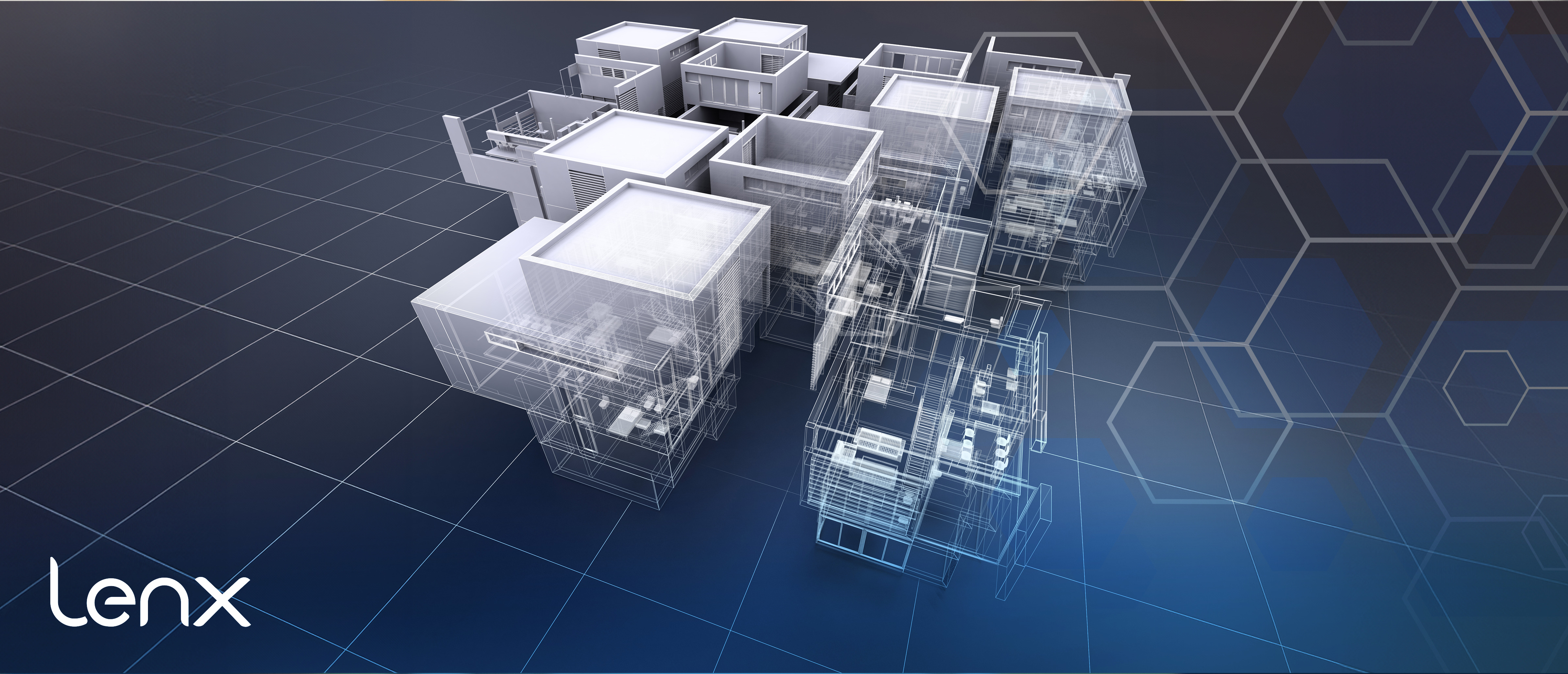
How 3D Facility Mapping Promises To Advance AI Security, Gun Detection, And Communication
In an age where security concerns are more pronounced than ever, particularly in the wake of numerous high-profile public shootings, the importance of advanced threat detection systems cannot be overstated. 3D facility mapping, combined with Artificial Intelligence (AI), is emerging as a groundbreaking approach that promises to enhance gun detection, improve security measures, and streamline communication during critical incidents. Let's explore how this technology is setting the stage for a safer future in public spaces, including schools, businesses, and various facilities.
The Role of AI in Security and Threat Detection
AI technology has made significant strides in the security sector, particularly in the development of gun detection and active shooter alarm systems. These AI security apps are designed to identify potential threats swiftly and with a high degree of accuracy. By integrating AI with security detectors, systems can now differentiate between various objects, effectively pinpointing guns and other weapons in real-time.
AI gun detection systems analyze visual data, learning from countless images of firearms to recognize them in different environments and conditions. This quick identification allows for immediate response, potentially mitigating the threat before it escalates.
3D Facility Mapping: A Game-Changer for AI Security
3D facility mapping is a sophisticated technology that creates a virtual model of a physical environment. When combined with AI gun detectors, it provides a comprehensive view of the facility's layout, including exits, rooms, and potential hiding spots. This information is crucial during an emergency, as it enables security personnel and law enforcement to navigate the space efficiently and respond to threats with precision.
Moreover, 3D mapping can be incorporated into existing security systems, enhancing their functionality. For instance, when a gun is detected, the system can trigger an active shooter alarm, lock doors, and direct individuals to the nearest exit, all while providing real-time updates to responders.
Enhancing Communication During Emergencies
Communication is critical during any emergency, and this is where AI security apps shine. These apps can send instant alerts to occupants' smartphones, providing them with live updates, safety instructions, and evacuation routes. Additionally, they can facilitate communication between security teams and law enforcement, ensuring a coordinated and effective response.
The Impact on Schools and Public Facilities
The application of AI security and 3D facility mapping in schools and other public facilities has the potential to revolutionize how we approach active shooter incidents and other threats. By implementing these technologies, administrators can provide a safer environment for students, staff, and visitors, reducing the risk of casualties in the event of an attack.
The Future of AI Security and 3D Mapping
As AI and 3D mapping technologies continue to evolve, so too will their capabilities in security and threat detection. We can expect to see more sophisticated gun detectors, better integration with other security systems, and enhanced communication protocols. The promise of these advancements is a more secure and responsive system that can adapt to the changing nature of threats in real-time.
In conclusion, the integration of 3D facility mapping with AI security represents a significant step forward in protecting public spaces from the threat of gun violence. By harnessing the power of these technologies, we can create environments where safety and preparedness are paramount, and where the response to threats is swift and decisive.
Are there any other technologies you believe could contribute to improving security measures? Share your thoughts below.

